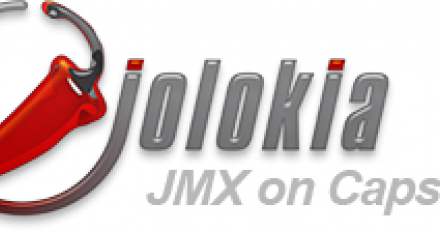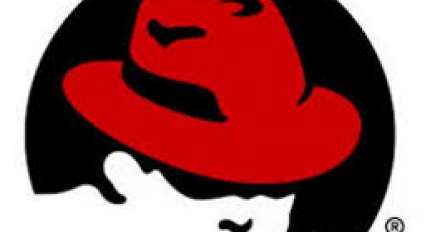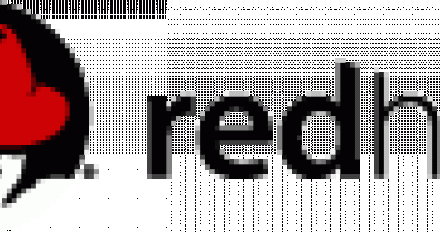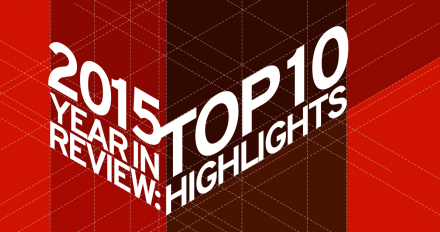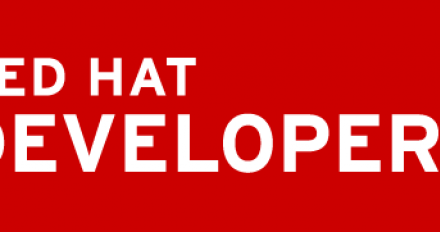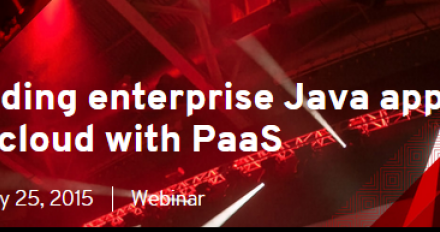
Article
How to run Java fat-jars in Docker, Kubernetes and Openshift
In a world where agility matters, the pursuit to reduce wasted time in environment configurations is apparent in many technologies. Some techniques, such as Virtual Machines, that enable distribution of pre-configured images have existed for decades, while others like Linux containers are more recent. Even platforms like Java allow developers to package all dependencies, resources and configuration files in single JAR (Java Archive) file. What started initially as way to have executable Java classes in Java SE (Standard Edition), has...

